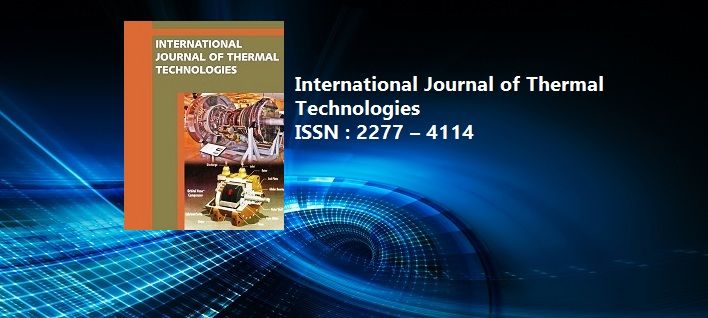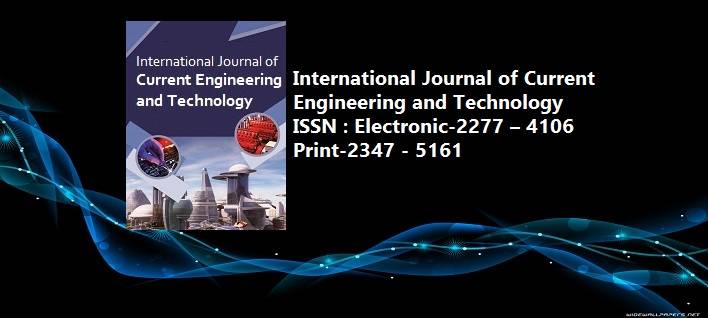Fuzzy Inference System Modeling to Predict Performance of H3BO3 (nm) and Tio2 (μm) as Lubricants in Machining
Pages : 696-698, DOI:http://Dx.Doi.Org/10.14741/Ijcet/Spl.2.2014.132
Download PDF
Abstract
Now a day’s turning is a widely used metal removal process in manufacturing industry that involves generation of high cutting forces and temperature. Lubrication becomes critical to minimize the effects of these forces and temperature on cutting tool and workpiece. Development of lubricants that are ecofriendly is acquiring importance. For this a specific study on the application of MQL (Minimum Quantity Lubricants) as lubricating oil in turning operation is going on. In the present work a specific study on the application of nanosolid boric acid with titanium dioxide (μm) suspended in lubricating oil in turning of AISI 1040 steel with carbide tool. SAE-40 is taken as base lubricants and boric acid solid lubricant of (50, 60 80, 538nm) particlses size and titanium dioxide (100μm) with different weight percentages taken as suspensions. Variations in cutting forces, tool temperatures and surface roughness are studied For this Boric acid nano particles were prepared by using High Energy Ball Milling. Ball milling which was carried out for the total duration of 15 hours. The sample was taken out after every 5 hours of milling for characterizing. Thenano structured boric acid particle size measurement was done by X-Ray Diffractometer which was supported by the XRD Scherer’s formula. It was found that the particle size got reduced from 538nm to 63nm for the period of 15 hrs. In present work, the obtained results were predicted by using Mamdani Fuzzy Inference System Modeling. For the prediction of output parameters of the lathe machining process is modeled using two input variable parameters such as particle size of boric acid (nm) and weight percentage of titanium dioxide (μm). Then the model predictions are compared with a set of reliable experimental data available, and it is found So that proposed fuzzy model gives the results which are well in agreement with experimental results.
Keywords: modeling, prediction, lubricants, XRD.
Article published in International Conference on Advances in Mechanical Sciences 2014, Special Issue-2 (Feb 2014)



















 MECHPGCON, MIT College of Engineering, Pune, India
MECHPGCON, MIT College of Engineering, Pune, India AMET, MIT College of Engineering, Pune, India
AMET, MIT College of Engineering, Pune, India International Conference on Advances in Mechanical Sciences
International Conference on Advances in Mechanical Sciences  International Symposium on Engineering and Technology
International Symposium on Engineering and Technology International Conference on Women in Science and Engineering
International Conference on Women in Science and Engineering




